It can be hard to stand out in Square Enix’s long history of RPG’s, yet something about Final Fantasy Tactics has enabled it to do just that. Whether it’s the deep political intrigue of a war-torn continent, an expansive cast of beloved characters, or a synapse-firing turn-based combat system, it’s always had that factor wherever it is.
The drawback has been that it’s been locked away on the PS1 and PSP, with no modern console version to be found. That’s changing with the upcoming Final Fantasy Tactics – The Ivalice Chronicles, a brand new, ground-up remake of the classic strategy RPG.
But Why Tho? had the chance to go hands-on behind the scenes at PAX West, and sit down with game director Kazutoyo Maehiro and art director Hiroshi Minagawa to find out how they strike the balance of modernizing a decades-old game, but staying true to what made it special in the first place.
The Return to Ivalice
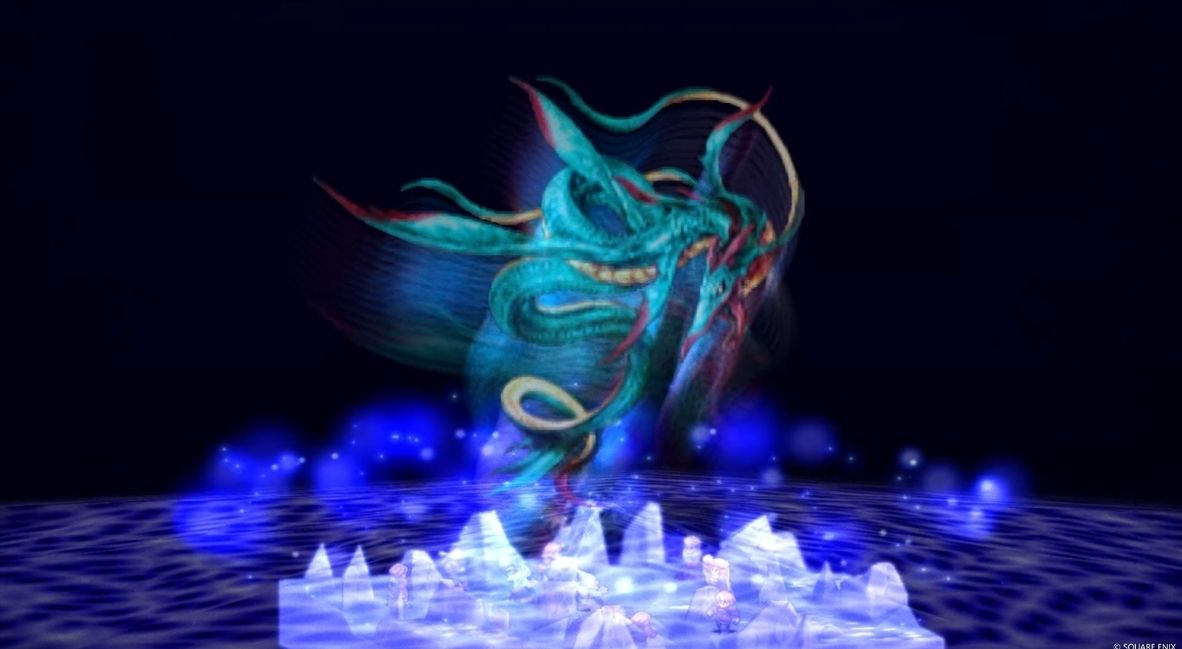
The demo opens with a remake of the opening cutscene from the PSP release of Final Fantasy Tactics, as we see a knight atop a Chocobo charge through the Ivalice countryside, still recovering from 50 years of endless war, before arriving at a monastery. Its gorgeous sketchbook art style has been painstakingly recreated from scratch, and Kamikaze Studios, which created the original version, was brought back after a decade and a half to recreate it.
According to Kazutoyo Maehiro, getting this first impression right was a priority, telling us, “It really sets the stage for the grand story that’s about to happen, so we really wanted to make sure that message was carried over into the Ivalice Chronicles as well, but with this new visual style.”
Inside the monastery, princess Olevia Atkascha prays in front of an altar, while her knight Agrias bids her to go. The text dialogue boxes have been replaced by full voice acting, and, at least in what we could see and hear in our demo, it’s really well done.
“We have politics throughout, it’s unique even to the Final Fantasy series, in terms of the overall character drama that we’re painting.”
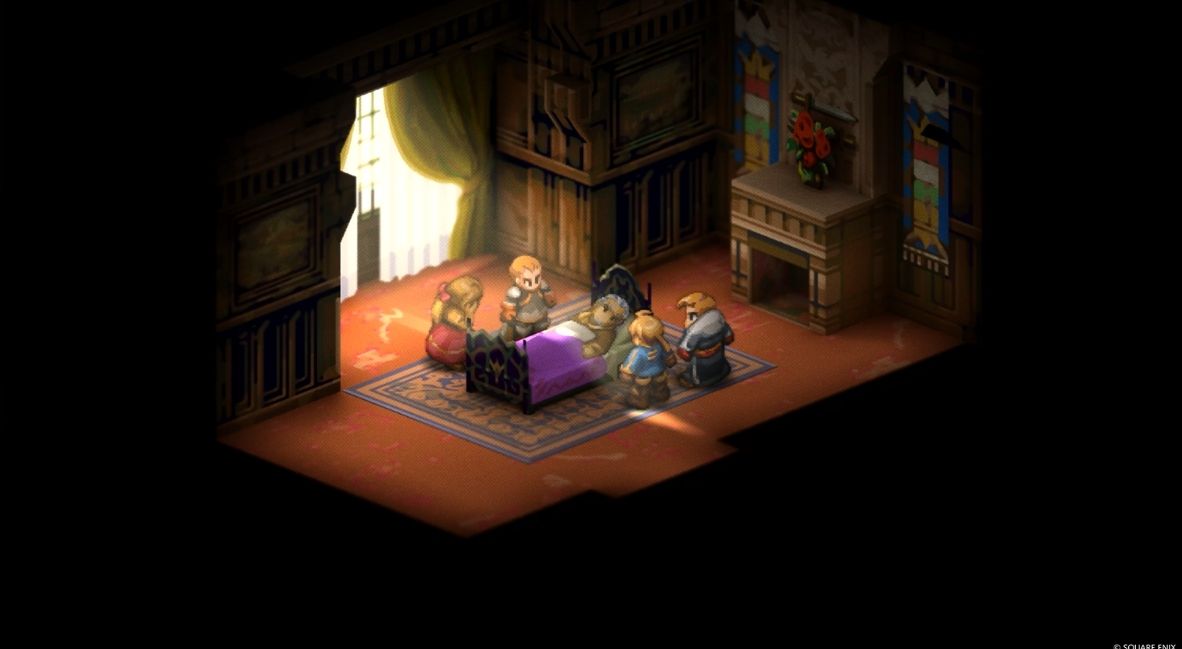
This is especially true when the rough-and-tumble mercenary arrives and verbally spars with Agrias over appropriate decorum. Adding VO is an ambitious addition, but one Maehiro thinks will help the story reach new audiences, while enhancing the experience for everyone, new and returning, playing. He says, “I think by adding voices we can add so much more to the character, emotions, to the conversations between different characters, and it really just deepens the overall story.”
Shortly thereafter, a wounded knight stumbles in, there is a hostile force outside, and we get our first taste of battle. True to the turn-based tactics system of the original release, fights in the Invalice Chronicles take place on a grid-based battlefield. I take control of Ramza, a young swordsman working under Gaffgarion, issue an attack command, and execute a rushing attack at an enemy, dropping him in a single blow.
As the turn progresses, each character takes their own independent action. Ramsa takes a slash, but nothing serious, as the strong contingent on my side led by Agrias and Gaffgarian cut down the feeble attackers.
What stood out during this skirmish was the overall presentation. The graphics aren’t an attempt at stylized realism like a modern Final Fantasy, nor are they the classic HD-2D that we see in games like the Dragon Quest remakes. Instead, characters look like high-quality models of the portraits and videos from the first Final Fantasy Tactics.
Hiroshi Minagawa says he had a lot of creative freedom to determinant he art style, but chose this look in part for his own experience working on the series, saying, “Final Fantasy Tactics is actually the first project I worked on when I joined Square, and I have a lot of strong memories with the development staff at that time”, adding, “The big ambition was that I wanted to take what we created together and make it even more refined and better to look at on modern hardware.”
As we wrap up the fight, a scream of “Unhand me!” emanates from the Cathedral, as someone attempts to abduct Olevia. She puts up a valiant fight, but is knocked out and spirited away.
Putting the tactics in Final Fantasy Tactics – The Ivalice Chronicles
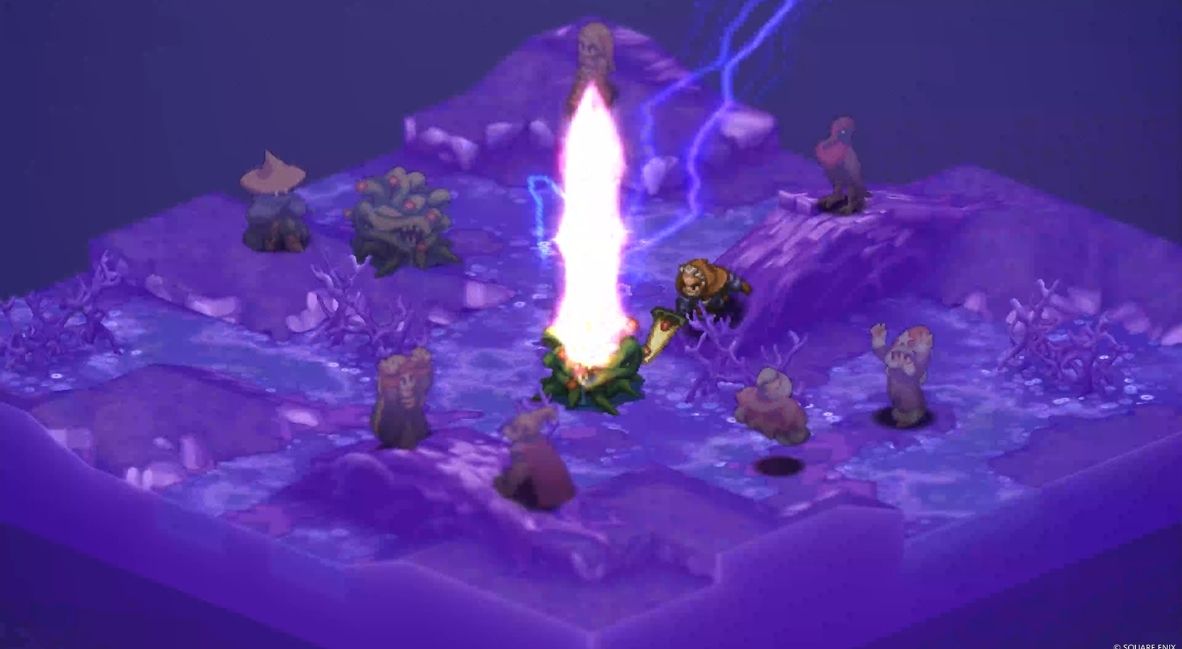
Our demo flashes forward to a later battle. Ramsa and his party have finally caught up to Olevia’s kidnappers, but before they could reclaim her, a familiar face appears: Gaffgarion. The old mercenary has been contracted to stop us. It’s a betrayal, and it’s emblematic of the narrative ebb and flow the game is known for. “We have politics throughout”, Maehiro says, “It’s unique even to the Final Fantasy series, in terms of the overall character drama that we’re painting.”
Right now, that drama tells me I want to smash Gaffgarian with my sword, but that won’t be easy against the merc and the larger force supporting him. To make matters worse, Olevia is blocked on a narrow bridge spanning a waterfall, and I need to defeat the enemy while keeping her alive to win the day.
This time I have access to the full pre battle phase, allowing me to choose the four units I take into battle, and position them. I could have focused on melee fights, but I opted to support Ramza instead. My first selection is a White Mage to provide healing, a Summoner, and an Archer for a ranged option. I carefully consider the battlefield before I make my first move, placing my mage under the bridge, just in range to cast healing on Olevia. Next, I attack the nearest units with Ramza and my archer. I chip away at their forces over the next few turns, while the healer keeps Olevia in good shape.
While those units fight a more conventional battle, my summoner takes a turn to charge up then unleashes her power, calling the powerful ice elemental Shiva to battle on our behalf. A dazzling display of lights accompanies her frigid attacks.
“I just think it’s amazing how well he was able to integrate everything together, and we are releasing it again 28 years later, but this story is still going to be able to resonate with anyone who does play in this age.”
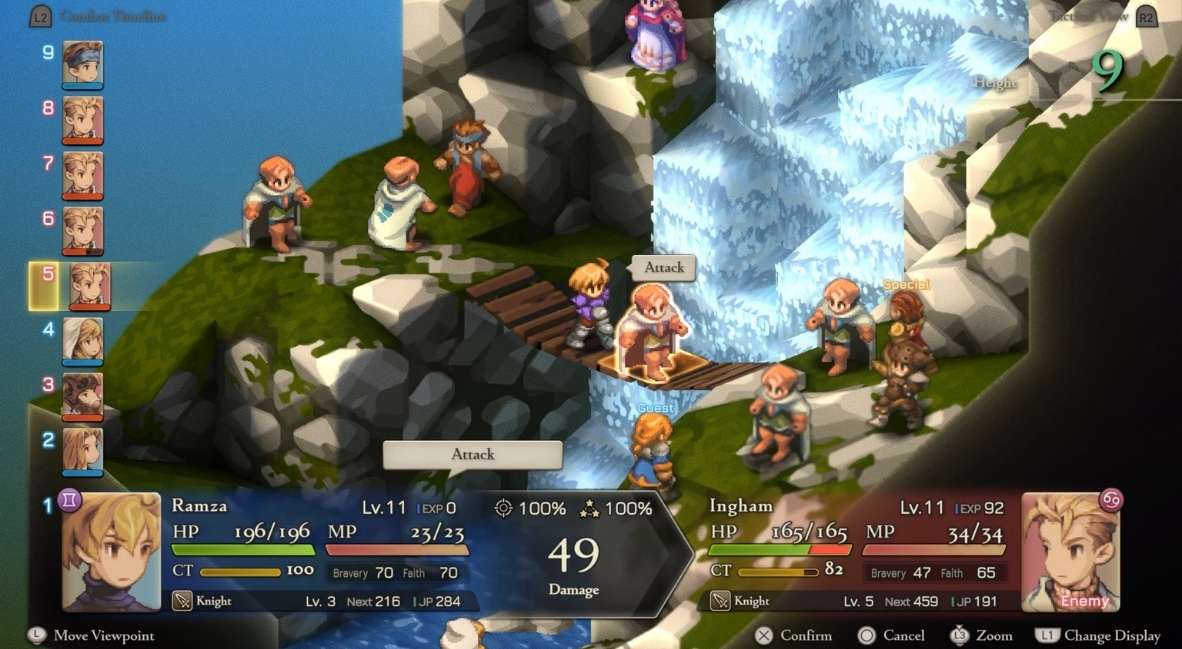
According to Minagawa, “We added subtle refinements, kind of similar to the HD-2D style titles we put out.” He points to their use of depth of field, blur, and added camera lighting effects, all of which are apparent when Gaffgarian returns a special attack of his own, summoning his Shadowblade ability with a fully voiced callout.
I’m playing on the default difficulty, called Knight, and the tough battle I’m faced with is true to the original title. I enjoy the struggle, though true Tactics aficionados can also take advantage of the even harder tactician difficulty, while folks looking to focus just on the story can dip into the Squire level.
Eventually, we wear him down, sending him into retreat. With the boss clear of the field, the remaining enemies quickly fall, punctuated by a massive fireball attack from the summon Ifrit. With Olevia rescued, the demo comes to an end, and I ask Maehiro what it is about Final Fantasy Tactics that has allowed it to endure for nearly 30 years.
He thinks for a moment, then points back to the beginning, with original Final Fantasy Tactics writer Yasumi Matsuno. “We have so many different things, with politics and warring countries, so many different characters and all their movements. But he took all those things and put them within the Final Fantasy mold”, he says, adding, “I just think it’s amazing how well he was able to integrate everything together, and we are releasing it again 28 years later, but this story is still going to be able to resonate with anyone who does play in this age.”

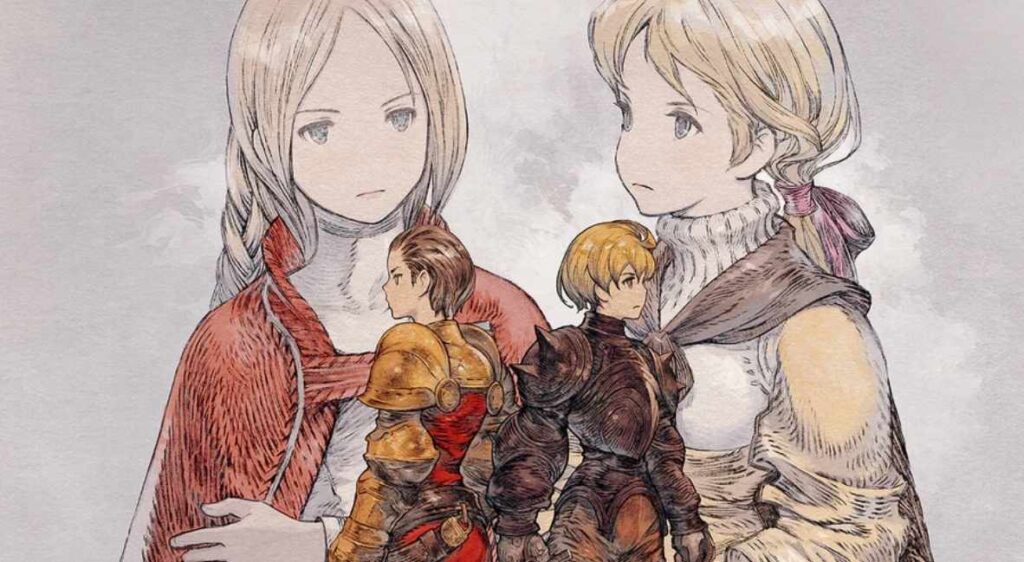

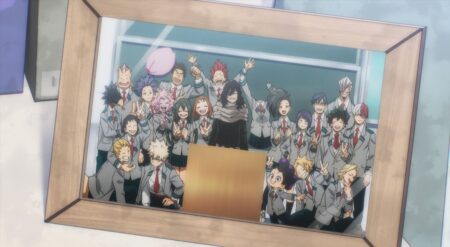
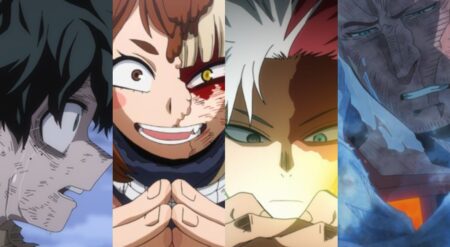
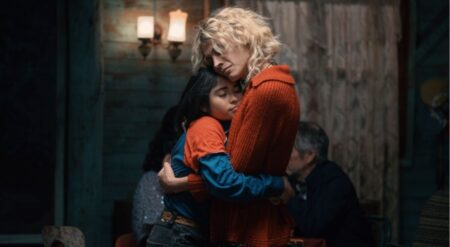
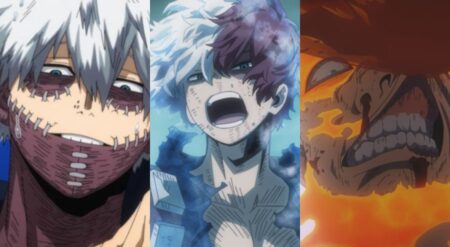
![[EXCLUSIVE] ‘Invincible VS’ Devs Dive Deep Into Their New Original Character: Ella Mental Ella Mental in Invincible VS](https://butwhytho.net/wp-content/uploads/2025/12/Invincible-VS-Ella-Mental-But-Why-Tho-1-450x247.jpg)